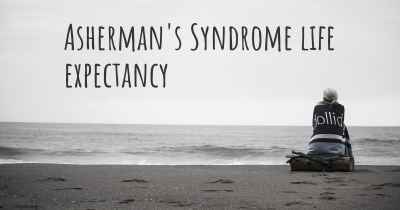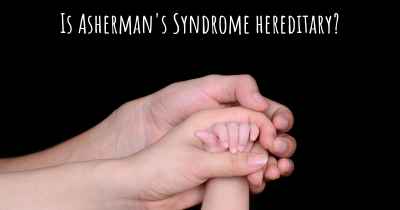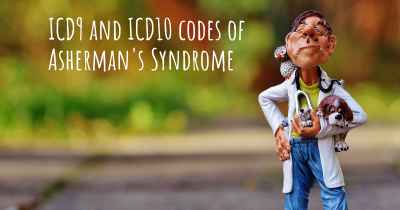What is the history of Asherman's Syndrome?
When was Asherman's Syndrome discovered? What is the story of this discovery? Was it coincidence or not?

Asherman's Syndrome: A Historical Overview
Asherman's Syndrome, also known as intrauterine adhesions or uterine synechiae, is a rare gynecological condition characterized by the formation of scar tissue within the uterus. This condition can lead to a variety of reproductive health issues, including infertility, menstrual abnormalities, and recurrent miscarriages. Understanding the history of Asherman's Syndrome is crucial in comprehending the advancements made in its diagnosis and treatment.
Discovery and Early Observations
The first documented case of Asherman's Syndrome dates back to the late 19th century. In 1894, the German gynecologist Heinrich Fritsch described a patient who experienced amenorrhea (absence of menstruation) following a dilatation and curettage (D&C) procedure. Fritsch observed the presence of intrauterine adhesions during a subsequent surgery, leading him to coin the term "uterus synechiae."
Advancements in Diagnosis
Over the years, medical professionals have made significant progress in diagnosing Asherman's Syndrome. In the early 20th century, hysterosalpingography (HSG) emerged as a valuable diagnostic tool. This imaging technique involved injecting a contrast agent into the uterus and fallopian tubes to visualize any abnormalities. However, HSG had limitations in detecting mild adhesions.
In the 1970s, hysteroscopy revolutionized the diagnosis of Asherman's Syndrome. This minimally invasive procedure allowed direct visualization of the uterine cavity using a thin, lighted instrument called a hysteroscope. Hysteroscopy enabled doctors to identify adhesions and assess their severity, leading to more accurate diagnoses and tailored treatment plans.
Understanding the Pathophysiology
As medical knowledge advanced, researchers began to unravel the underlying mechanisms of Asherman's Syndrome. In the 1980s, studies revealed that the formation of intrauterine adhesions was primarily a result of trauma to the endometrium, the inner lining of the uterus. Procedures such as D&C, cesarean section, and myomectomy were identified as common triggers for Asherman's Syndrome.
Development of Treatment Approaches
Historically, the treatment of Asherman's Syndrome focused on surgical intervention to remove adhesions and restore the uterine cavity. In the early days, dilation and curettage were commonly performed to remove scar tissue. However, this approach often led to recurrence of adhesions.
In the 1980s, the introduction of hysteroscopic adhesiolysis revolutionized the treatment of Asherman's Syndrome. This technique involved using a hysteroscope to guide the removal of adhesions, resulting in improved outcomes and reduced recurrence rates. Subsequent advancements in surgical instruments and techniques, such as the use of microscissors and lasers, further refined the procedure.
Emerging Non-Surgical Treatments
While surgical intervention remains the primary treatment for severe cases of Asherman's Syndrome, non-surgical approaches have gained attention in recent years. Hormonal therapy, such as estrogen supplementation, has shown promise in promoting endometrial regrowth and reducing adhesion formation. Additionally, the use of intrauterine devices (IUDs) coated with hyaluronic acid gel has been explored as a means to prevent adhesion reformation.
Ongoing Research and Future Perspectives
Asherman's Syndrome continues to be an active area of research, with ongoing studies focusing on improving diagnostic techniques, refining surgical interventions, and exploring novel treatment modalities. Researchers are investigating the potential of stem cell therapy, growth factors, and tissue engineering to restore the damaged endometrium and enhance fertility outcomes for affected individuals.
Conclusion
The history of Asherman's Syndrome highlights the progress made in understanding, diagnosing, and treating this condition. From the initial observations in the late 19th century to the development of advanced surgical techniques and emerging non-surgical approaches, medical professionals have strived to improve the outcomes for individuals affected by Asherman's Syndrome. With ongoing research and advancements, the future holds promise for further enhancing the management of this challenging condition.








